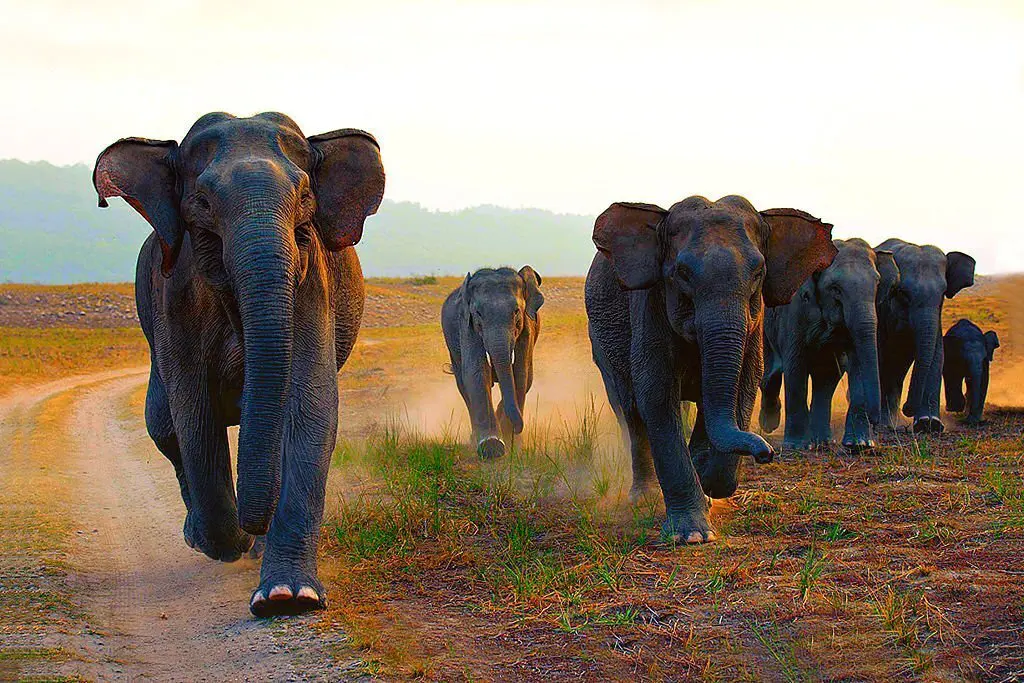Indian Safari Guide & Tips: Embark on an Unforgettable Wildlife Adventure
India, with its diverse landscapes and rich biodiversity, offers some of the most thrilling safari experiences in the world. From the majestic Bengal tiger to the elusive leopard, Indian safaris provide a unique opportunity to witness wildlife in their natural habitat. Whether you’re a seasoned wildlife enthusiast or a first-time safari-goer, this guide will help you navigate the essentials of planning and enjoying a safari in India.
Top Indian Safari Destinations
1. Ranthambore National Park, Rajasthan
Highlights:
- Renowned for its tiger population.
- Scenic landscapes with a blend of forest and ancient ruins.
- Opportunities to spot tigers, leopards, and various deer species.
Best Time to Visit: October to March.
2. Jim Corbett National Park, Uttarakhand
Highlights:
- India’s oldest national park.
- Famous for its Bengal tigers and diverse wildlife.
- Varied landscapes including grasslands, forests, and rivers.
Best Time to Visit: November to June.
3. Kanha National Park, Madhya Pradesh
Highlights:
- Known for its efforts in tiger conservation.
- Dense sal forests and open meadows.
- Home to tigers, leopards, barasingha, and numerous bird species.
Best Time to Visit: November to June.
4. Bandhavgarh National Park, Madhya Pradesh
Highlights:
- High density of Bengal tigers.
- Historical ruins within the park.
- Rich wildlife including deer, leopards, and various bird species.
Best Time to Visit: October to June.
5. Kaziranga National Park, Assam
Highlights:
- Famous for its population of the one-horned rhinoceros.
- Located in the floodplains of the Brahmaputra River.
- Home to tigers, elephants, and a variety of bird species.
Best Time to Visit: November to April.
6. Periyar National Park, Kerala
Highlights:
- Located in the Western Ghats with a picturesque lake.
- Known for its elephants and scenic boat safaris.
- Rich in both flora and fauna, including tigers and leopards.
Best Time to Visit: September to April.
Essential Safari Tips
1. Plan Ahead
Research: Investigate the best time to visit your chosen safari destination, as wildlife sightings can be seasonal. Make reservations for safaris, accommodations, and transport well in advance to secure your spot.
Itinerary: Plan your safari itinerary to include multiple game drives and activities to maximize your chances of wildlife sightings.
2. Choose the Right Safari Experience
Types of Safaris:
- Jeep Safaris: Ideal for exploring larger areas and getting close-up views of wildlife.
- Canter Safaris: Often used in larger parks and can accommodate more people.
- Elephant Safaris: Offer a unique perspective from atop an elephant but may not be available in all parks.
- Boat Safaris: Available in parks like Periyar, offering a different angle on wildlife.
3. Pack Smart
Clothing: Wear neutral-colored, lightweight clothing that blends with the environment. Avoid bright colors and patterns that can disturb wildlife. Layers are useful for varying temperatures.
Footwear: Comfortable and sturdy shoes are essential, especially if you plan to go on nature walks or treks.
Gear: Binoculars, a good camera with a zoom lens, and a field guide for local wildlife can enhance your safari experience.
Essentials: Don’t forget sunscreen, insect repellent, a hat, and a refillable water bottle. A small first-aid kit is also handy.
4. Respect Wildlife and Environment
Maintain Distance: Always keep a safe distance from animals. Avoid disturbing them or making loud noises that can stress wildlife.
Follow Guidelines: Adhere to the rules set by the park authorities and your guide. This includes staying within designated areas and not feeding animals.
Leave No Trace: Follow the principle of “leave no trace” by taking all your litter with you and avoiding any actions that could harm the environment.
5. Be Patient and Observant
Timing: Wildlife sightings can be unpredictable, so be patient. Early morning and late afternoon are often the best times for game drives as animals are more active.
Be Quiet: Maintain silence during game drives to avoid disturbing the wildlife. Listen carefully to your guide’s instructions for the best experience.
6. Safety First
Guided Safaris: Always go on safaris with experienced guides who know the park’s terrain and wildlife behavior.
Health Precautions: Check with your doctor about vaccinations and health precautions before traveling. Ensure you have travel insurance that covers safari activities.
Conclusion
An Indian safari is a thrilling adventure that offers a unique glimpse into the rich tapestry of India’s wildlife and natural beauty. By choosing the right destination, preparing adequately, and respecting the environment, you can make the most of this extraordinary experience. Whether you’re hoping to spot a Bengal tiger in Ranthambore or observe the one-horned rhinoceros in Kaziranga, each safari destination offers its own set of wonders and memories.
Ready to embark on your Indian safari adventure? Contact Sneakout Travels to start planning your wildlife journey and explore the untamed beauty of India!



